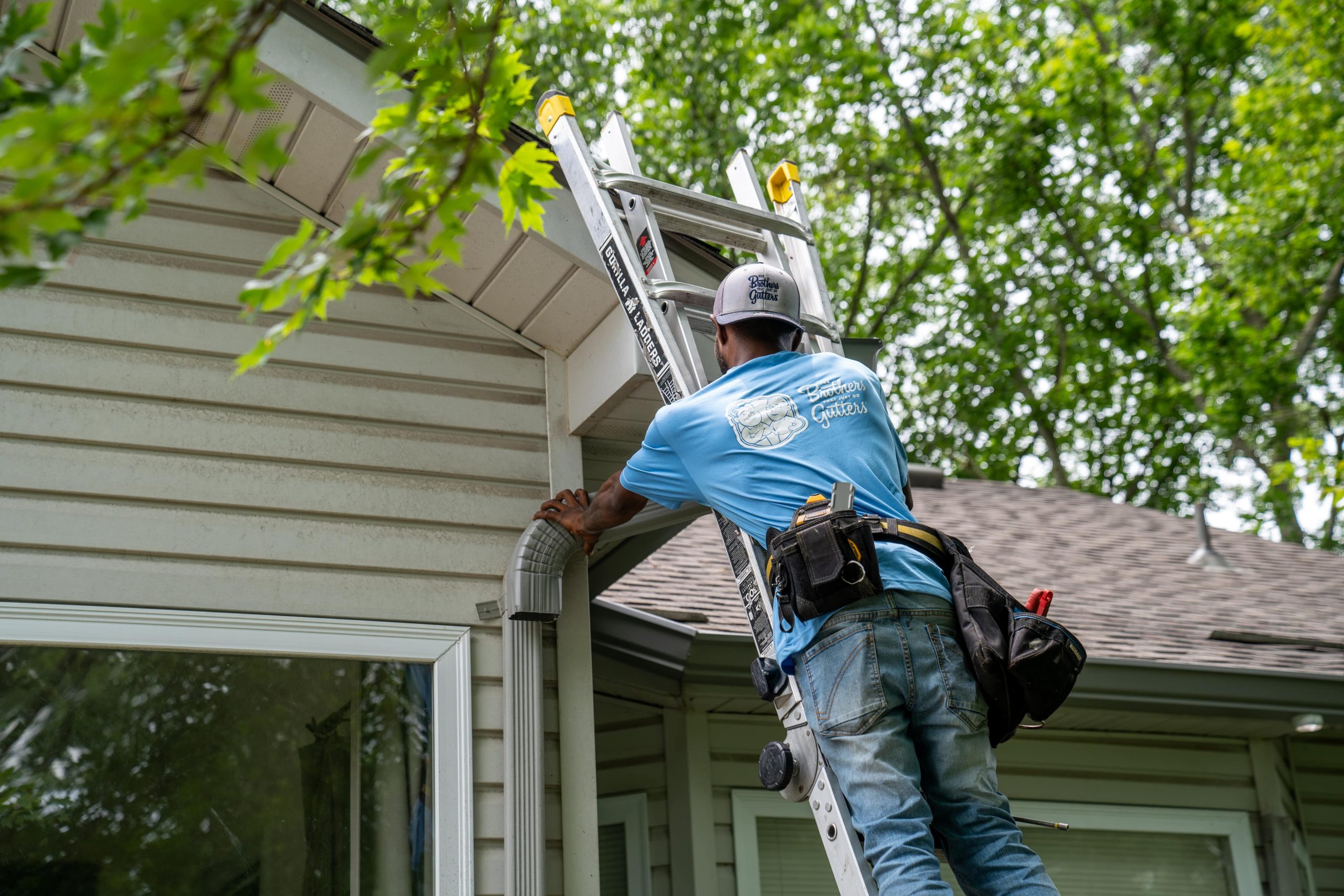When it comes to protecting your home or business from water damage, gutters play a crucial role in directing rainwater away from the property. In areas prone to heavy rainfall like Manchester, NH, maintaining well-functioning gutters is essential. However, traditional gutters can sometimes struggle to handle the volume of water, especially during intense storms or in locations with a high amount of precipitation. In such cases, homeowners and business owners may turn to electrical gutters as a solution to effectively manage water flow and prevent potential damage.
Electrical gutters, also known as heated gutters, are designed to prevent the buildup of ice and snow, which can cause blockages and lead to water damage. This innovative solution utilizes a heating element to keep the gutters clear and free-flowing, providing peace of mind and protection even during the harshest winter conditions. Whether you’re considering an upgrade to your current gutter system or exploring options for a new installation, knowing the benefits and considerations of electrical gutters is essential. In this comprehensive guide, we’ll delve into everything you need to know about electrical gutters, from their functionality to the installation process and maintenance requirements.
Electrical Gutters
Electrical gutters are a valuable investment for properties in regions with cold winters and heavy snowfall, as they effectively prevent ice dams and snow accumulation that can lead to blockages and potential structural damage. The primary function of electrical gutters is to ensure proper water drainage by keeping the gutters clear of ice and snow, regardless of the outdoor conditions. Here are some key aspects to consider when it comes to knowing electrical gutters:
Functionality: The heating element integrated into electrical gutters is designed to melt snow and ice, allowing water to flow freely without obstruction. This prevents the formation of ice dams and icicles, which can cause damage to the gutters and the roof.
Energy Efficiency: Modern electrical gutter systems are engineered for energy efficiency, utilizing advanced technology to activate the heating element only when necessary. This ensures optimal performance while minimizing energy consumption and operating costs.
Customization: Electrical gutters can be customized to fit the specific dimensions and requirements of a property, providing a tailored solution for effective water management. Whether for residential homes or commercial buildings, the flexibility of electrical gutters makes them a versatile choice.
Installation Process
The installation of electrical gutters involves careful planning and precise execution to ensure seamless integration with the existing roofing and gutter systems. While professional installation is essential to guarantee the functionality and reliability of electrical gutters, knowing the general process can help homeowners and business owners make informed decisions regarding their installation. Here’s an overview of the typical installation process for electrical gutters:
Assessment and Planning: A thorough assessment of the property is conducted to determine the specific requirements for the electrical gutter system. Factors such as roof pitch, gutter size, and electrical connectivity are taken into consideration during the planning phase.
Component Installation: The heating elements and control systems are installed within the gutters, downspouts, and other relevant components to provide comprehensive coverage and protection against ice and snow buildup.
Electrical Integration: Electrical wiring and connections are carefully integrated into the existing electrical infrastructure of the property, ensuring seamless operation and compatibility with the heating elements of the gutters.
Testing and Calibration: Once the installation is complete, rigorous testing and calibration are performed to verify the functionality and efficiency of the electrical gutter system. This includes activating the heating elements to simulate real-world conditions and ensure optimal performance.
Maintenance and Care
Proper maintenance and care are essential to maximize the longevity and effectiveness of electrical gutters. While these systems are designed to operate with minimal intervention, routine maintenance tasks can help prevent issues and ensure continuous performance. Here are some important maintenance considerations for electrical gutters:
Regular Inspections: Periodic inspections of the entire gutter system, including the heating elements and control systems, are recommended to identify any signs of wear, damage, or malfunction. This proactive approach allows for timely repairs and adjustments as needed.
Debris Removal: Keeping the gutters clear of leaves, twigs, and other debris is crucial for the unobstructed operation of electrical gutters. Regular cleaning and debris removal prevent blockages and ensure proper water flow.
Professional Servicing: Engaging the services of experienced professionals for thorough servicing and maintenance of electrical gutters is highly beneficial. Professional technicians can conduct comprehensive inspections, cleaning, and repairs to keep the system in optimal condition.
The core message
Electrical gutters offer an effective solution for managing water flow and preventing ice and snow buildup in regions with harsh winter conditions. Understanding the functionality, installation process, and maintenance requirements of electrical gutters is essential for homeowners and business owners looking to safeguard their properties from water damage. By investing in a reliable electrical gutter system and prioritizing proper care and maintenance, property owners can enjoy peace of mind and protection throughout the year.
Get Free Quote
Zip Codes Served: 03101, 03102, 03103, 03104, 03109


